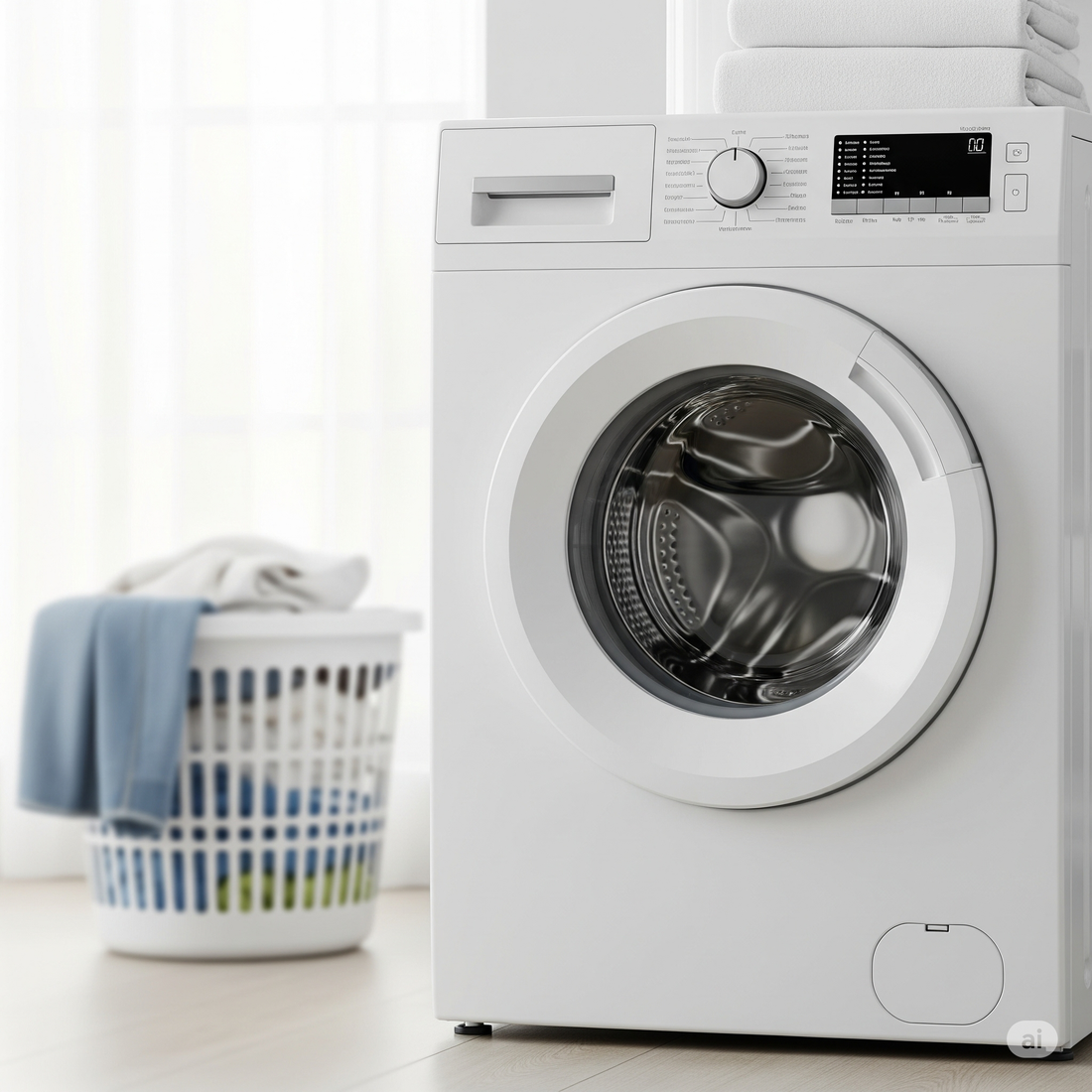
Front Load vs. Top Load: Best Ways to Keep Your Washing Machine Clean & Mold-Free
Share
Your washing machine is the hero of household chores—but if you’re not cleaning it regularly, it could become the source of unwanted smells, mold, and even bacteria buildup. Whether you own a front-load or top-load washer, each style has its own cleaning challenges and best practices.
In this blog, we’ll break down the differences between front-load and top-load washers, why mold builds up, and the best ways to keep them fresh, clean, and mold-free.
Why Washing Machines Get Moldy
Washing machines—especially high-efficiency (HE) models—use less water and seal tightly. While this saves energy, it also creates the perfect environment for:
- Mold and mildew (especially in damp, dark areas)
- Detergent residue and fabric softener buildup
- Lint, grime, and standing water in hidden spots
And if you regularly keep the washer door closed or forget to clean internal parts, those musty smells can spread to your laundry.
Front-Load Washers: Mold Hotspots & Cleaning Tips
Pros: Energy efficient, use less water, gentle on clothes
Cons: Prone to mold and mildew, especially in the rubber door gasket
Cleaning Tips for Front-Load Washers:
-
Clean the Door Gasket Weekly
- Pull back the rubber seal and wipe away moisture, lint, and grime.
- Spray a mix of equal parts vinegar and water, then scrub with a soft brush.
-
Run Monthly Cleaning Cycles
- Add 2 cups of white vinegar to the drum.
- Run the hottest, longest cycle.
- Follow up with a ½ cup of baking soda in another hot rinse cycle.
-
Wipe the Drum and Glass Door
- After every use, wipe the drum and leave the door open to air dry.
-
Remove and Soak Dispensers
- Detergent and softener trays should be rinsed monthly in warm soapy water.
Top-Load Washers: Easier Access, But Not Maintenance-Free
Pros: Easier to clean, fewer mildew complaints
Cons: Can still trap residue in the agitator and lid area
- Cleaning Tips for Top-Load Washers:
-
Run a Hot Cleaning Cycle Monthly
- Add 4 cups of white vinegar to the drum and let it agitate briefly.
- Pause for an hour to soak, then resume the cycle.
- Follow with 1 cup of baking soda and run a second cycle.
-
Scrub the Agitator and Lid Area
- Use a toothbrush or sponge with vinegar to remove grime under the lid and around the agitator.
-
Clean Dispensers
- Remove and soak in warm water or scrub with a vinegar solution.
-
Leave the Lid Open
- Always let the drum dry out between uses to prevent mold and odor.
Bonus Tips for All Washers
- Use HE detergent (and the right amount!)
- Skip fabric softener—use vinegar as a natural alternative
- Wipe your washer dry after use
- Run a cleaning cycle monthly (you can even use washer cleaner tablets)
- Keep the area around the washer dry and ventilated
Which Washer is Easier to Keep Clean?
Top-load washers are generally easier to keep mold-free due to their design and better airflow. But front-load washers, if well-maintained, can be just as fresh—and they're often more efficient.
The key? Consistent cleaning and leaving doors open to dry.
Your Laundry Room Deserves Love, Too
Keeping your washing machine clean doesn’t have to be complicated. Set a reminder for a monthly deep clean, and always wipe things down after each use. Whether you’ve got a sleek front-loader or a classic top-loader, a clean washer means cleaner clothes and a healthier home.
Need help with deep cleaning or appliance maintenance? Reach out to your local cleaning service or technician!
